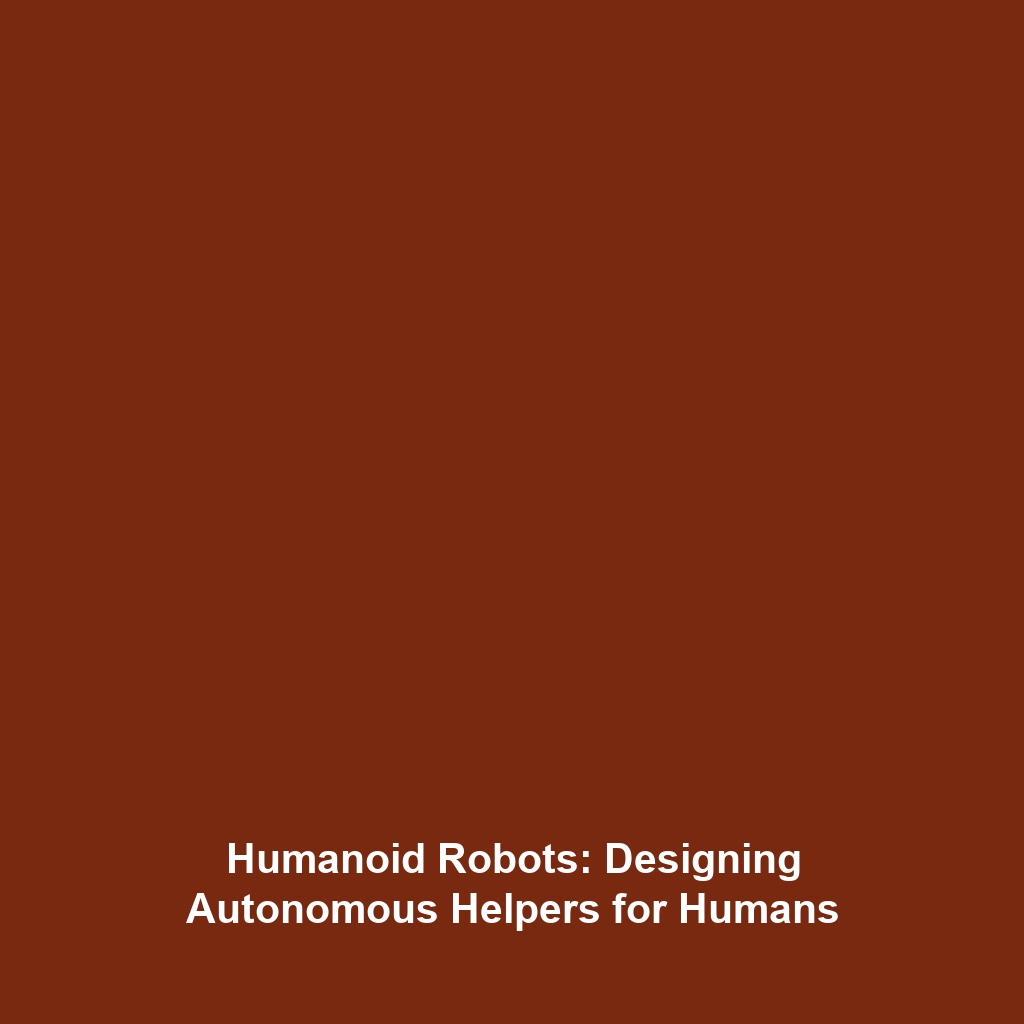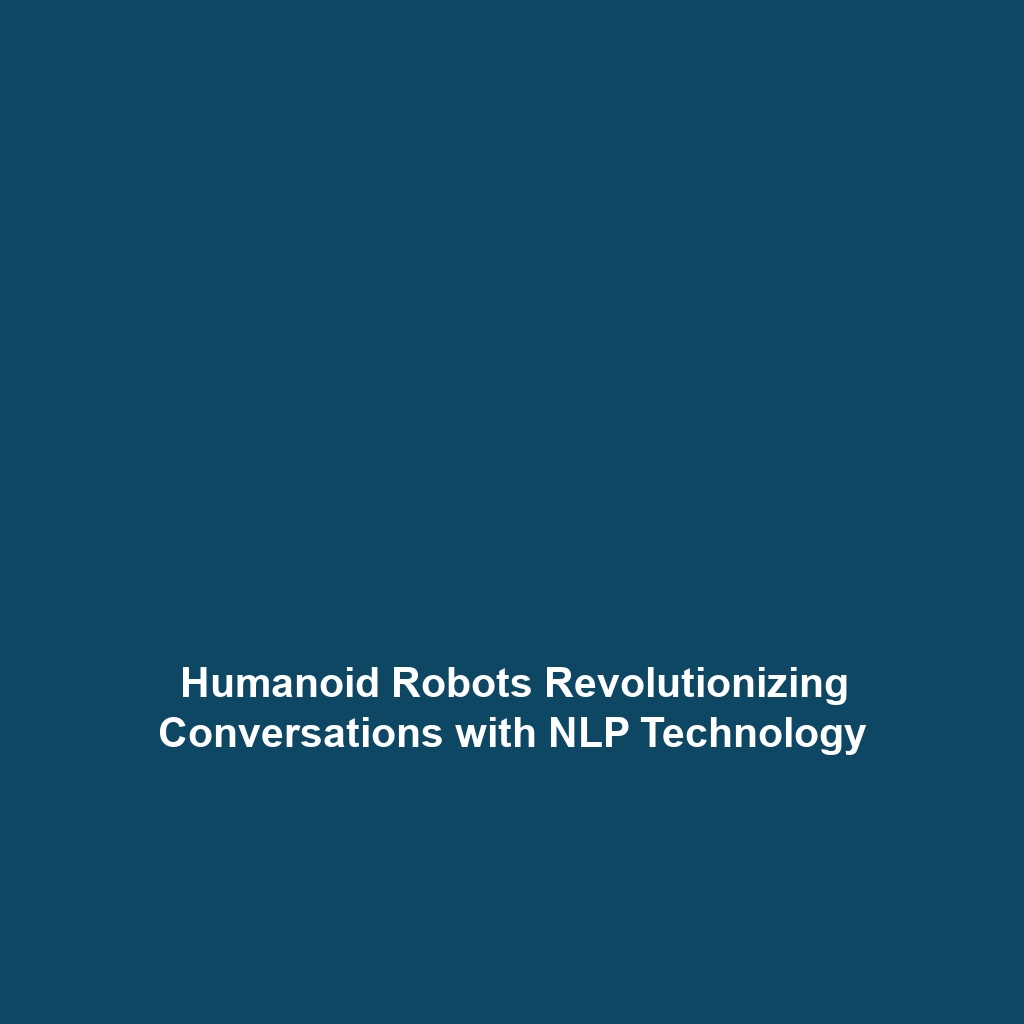How Humanoid Robots are Revolutionizing STEM Education
Introduction
The integration of humanoid robots into educational settings represents a significant advancement in the way subjects such as coding, robotics, and other STEM fields are taught. By employing these advanced technologies, educators are not only enhancing engagement among students but also promoting critical thinking and problem-solving skills. This article delves into how humanoid robots are used in education, highlighting their growing importance in fostering a new generation of innovators in technology and engineering.
Key Concepts
Understanding how humanoid robots are utilized in education starts with recognizing the fundamental concepts associated with robotics and coding. Humanoid robots are designed to interact with humans in a relatable manner, which creates a dynamic and interactive learning environment. The primary principles include:
- Interactivity: Humanoid robots can engage students through conversation and physical demonstrations, enhancing the learning experience.
- Hands-On Learning: Students can program robots to perform tasks, which solidifies understanding of coding principles and robotics.
- Collaboration: Working with humanoid robots often requires teamwork, preparing students for collaborative environments in STEM fields.
Applications and Real-World Uses
The applications of humanoid robots in education have transformed classrooms globally. Notable examples include:
- Robotics Workshops: Institutions implement humanoid robots in workshops, where students learn to code and build their own robotic models.
- Programming Classes: Educators use humanoid robots to illustrate coding concepts, making abstract ideas tangible through programming tasks.
- STEM Camps: Summer camps focused on STEM often incorporate humanoid robots, providing hands-on learning experiences that foster enthusiasm for technology.
These real-world applications showcase how humanoid robots are integral to teaching coding and robotics in educational contexts.
Current Challenges
While the use of humanoid robots in education offers numerous benefits, several challenges remain:
- Cost: The high price of humanoid robots can limit accessibility for schools.
- Training Requirements: Educators must receive adequate training to effectively teach students using these technologies.
- Curriculum Integration: Aligning humanoid robot activities with existing educational standards can be complex.
Future Research and Innovations
Looking ahead, the future of humanoid robots in education seems promising, with various innovations on the horizon:
- AI Integration: Future robots will likely incorporate advanced artificial intelligence, allowing for personalized learning experiences.
- Arduino-Compatible Robots: Many new humanoid robots will be designed to work with platforms like Arduino, offering greater flexibility for educators and students alike.
- Improved Sensor Technology: Advancement in sensors may enhance robots’ interaction capabilities, making them even more effective teaching tools.
Conclusion
In summary, humanoid robots are significantly impacting education by teaching coding, robotics, and other STEM subjects. Their interactive nature provides a unique learning experience that not only engages students but also equips them with essential skills for the future. As research and technology continue to evolve, we can expect humanoid robots to play an increasingly prominent role in educational landscapes. For additional insights on robotics and technology in education, consider exploring our articles on robotics in schools and the future of STEM education.









